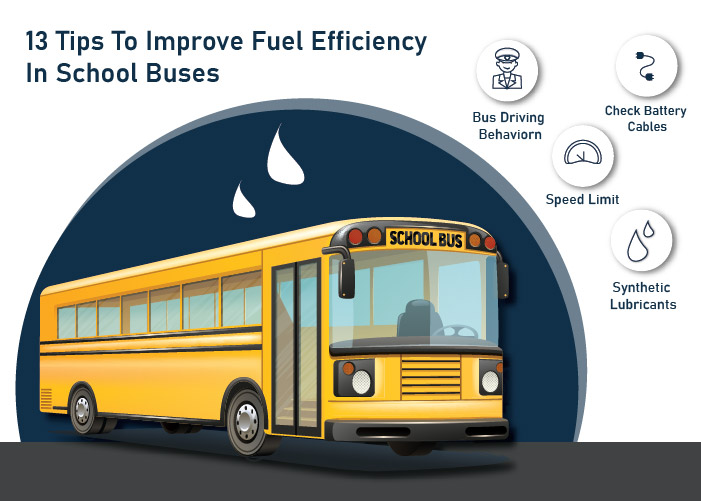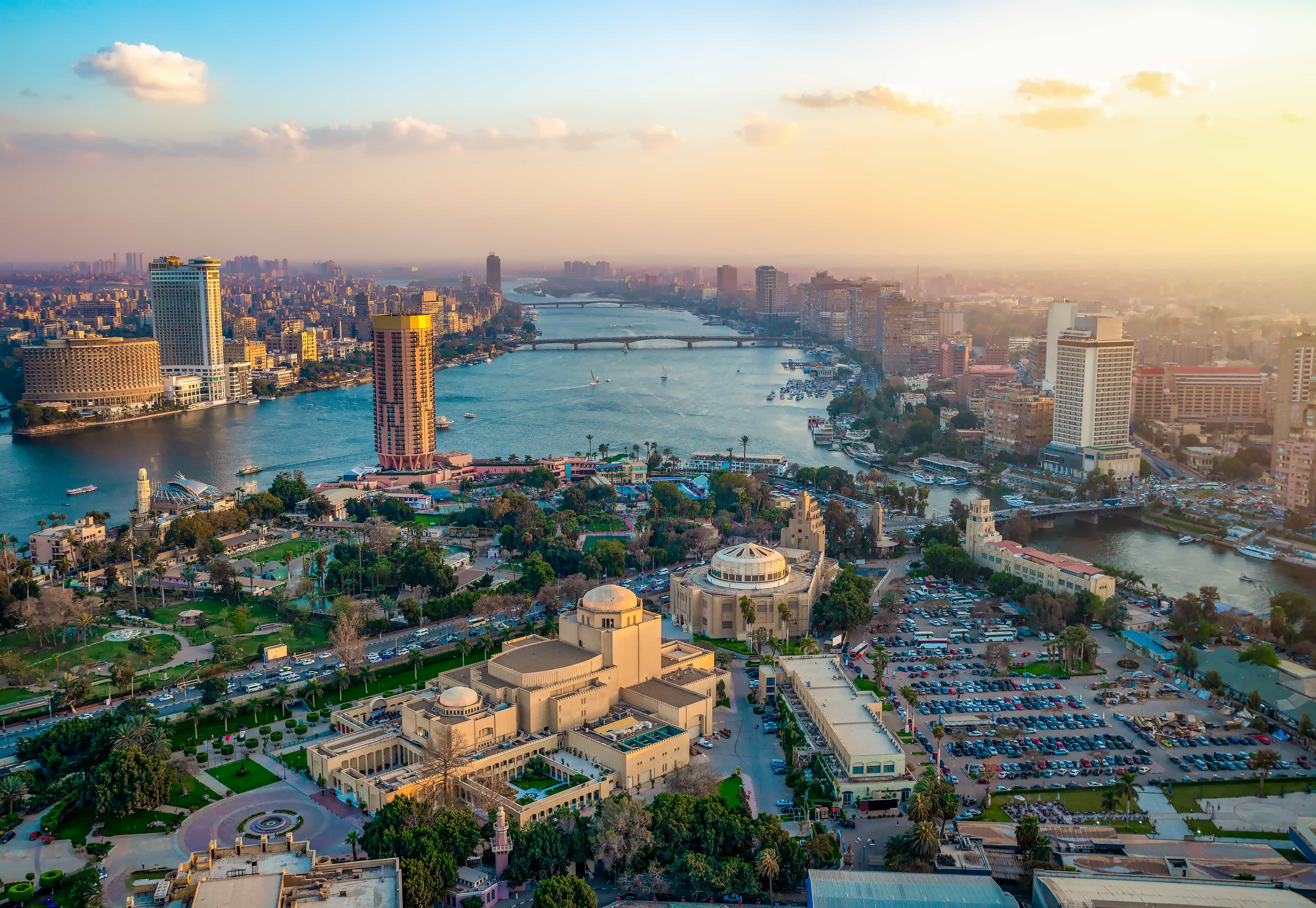Factors That Impact Bus Mileage
There are several key factors that influence the fuel efficiency of buses in India. Bus type, engine size, route characteristics, passenger load, and driving habits all play a role in determining how many kilometers a bus can travel per liter of diesel. Long-distance buses designed for highway driving will generally achieve better mileage than urban city buses operating on shorter routes with frequent stops. Heavier buses carrying more passengers will consume more fuel than lighter buses operating at low capacity. Aggressive acceleration and braking also reduces fuel efficiency.

City Bus Mileage Expectations
Within city limits, public transportation buses face frequent stops and starts to pickup and drop off passengers. Given the stop-and-go nature of urban routes, city buses typically get 4 to 5.5 km per liter. Air conditioning further impacts mileage, with AC buses seeing 0.5 to 1 km/liter less efficiency. Operator-owned buses on fixed short routes may achieve slightly better mileage through consistent driving patterns compared to public transport buses facing unpredictable traffic conditions.
Intercity Bus Fuel Economy
Designed for highway cruising with limited stops, intercity buses benefit from improved aerodynamics and larger more fuel efficient engines. Well-known brands like Volvo and Scania achieve 3.5 to 5 km/liter depending on factors like average speed, passenger load and external temperature. Newer buses with cruise control and automatic transmissions allow maintaining a constant speed and throttle input for optimal mileage. Overloading must be avoided as excessive weight reduces per-liter mileage.
Role of Engine Technology
Advancements in engine design have greatly enhanced bus fuel efficiency over time. Older Indian workhorse Ashok Leyland buses would typically return 5-6 km/liter, which has steadily improved to 6-7 km/liter or more with new generation engines meeting rigorous BS6 emission standards. European coaches powered by modern turbocharged diesel engines consistently achieve over 7 km/liter even with air conditioning thanks to precise fuel control and lower internal friction. Hybrid-electric bus models are also being tested which could see mileage rise to 10-12 km/liter for urban applications.
Driving Style Affects Efficiency
Regardless of bus type or engine, the biggest mileage booster remains optimal driving habits. Smooth acceleration, maintaining a constant speed without abrupt braking or throttle changes, switching off the engine at red lights, allowing momentum to coast to a stop all help extract better fuel efficiency. An experienced driver aware of conserving fuel can boost per-liter mileage by 10-15% compared to an inexperienced driver with aggressive driving style. Technology like route optimization software and driver performance monitoring also encourage fuel-saving habits among operators.
Summary
In summary, bus fuel efficiency depends greatly on vehicle class, powertrain technology, route characteristics as well as driving behavior. While city buses average 4-5.5 km/liter, intercity coaches achieve 3.5-5 km/liter or more through optimized engineering. Advancing engine and vehicle technologies continue nudging mileage higher each year. However, optimal driver techniques remain critical to extracting maximum fuel efficiency from any bus on Indian roads today.

 A Traveler's Guide to Exploring Cairo, Egypt
A Traveler's Guide to Exploring Cairo, Egypt